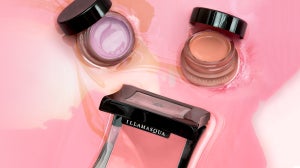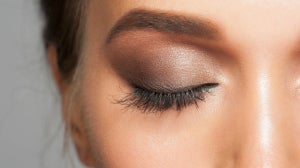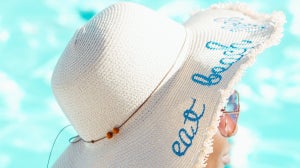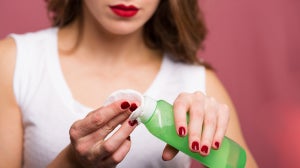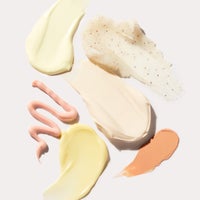
Seborrhoeic dermatitis, also known as seborrhea, is a common skin disorder that effects 3-5% of the population. It is found mainly on the scalp and face in scaly, itchy, red skin patches. The patches of skin can appear thick, and either yellow or red in color, and sometimes these patches can look shiny. Seborrhea commonly appears on the upper chest and back or other areas of the body that contain more sebaceous glands. Babies can also suffer from this condition and is typically known as cradle cap, which will usually clear up by their first birthday. While this skin condition is non-contagious, the people who suffer often will find it difficult to treat. The causes of seborrhoeic dermatitis are not yet known by doctors but there are key factors that may play a role in its origin. There is natural occurring yeast called malassezia that grows in sebum, an overabundance of malassezia can cause flare-ups and inflammation. Also a change in season can be a trigger to a flareup, so seborrhea is usually more prevalent in the winter time. Seborrhoeic dermatitis has also been linked to people who have neurological disorders like Parkinson’s disease, and in people who are stressed and fatigued would be at greater risk. It seems to also be related to hormones and genetics, but doctors are not sure why. Treatments for seborrhoeic dermatitis includes creams and lotions as well as medicated shampoos for the scalp. In some severe cases a doctor can prescribe an oral or topical medication to help reduce symptoms, because usually an antifungal product will help keep the flareups at bay. If you have seborrhoeic dermatitis on your scalp, an anti-fungal shampoo that contains selenium sulfide, coal tar, zinc pyrithione, or salicylic acid can be effective (we recommend DCL Salicylic Acid Shampoo). Even over the counter shampoos and products should be used as directed or as a physician prescribes. Alternative methods for helping symptoms include the use of phototherapy which uses LED lights to inhibit the growth of malassezia which can reduce inflammation. Also the use of natural ingredients such as aloe, coconut oil and tea tree oil have helped certain people. People who have seborrhoeic dermatitis sometimes think they just have dry skin or dandruff because their skin or scalp is flaky and itchy. Dandruff is considered the less inflammatory form of seborrhoeic dermatitis. If people do not know the specific skin condition they are dealing with, this can cause people to use products that are too heavy and are greasy on the skin which can aggravate the condition. A doctor would be able to determine the best course of action for you to ensure you are getting the care you need.

